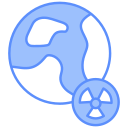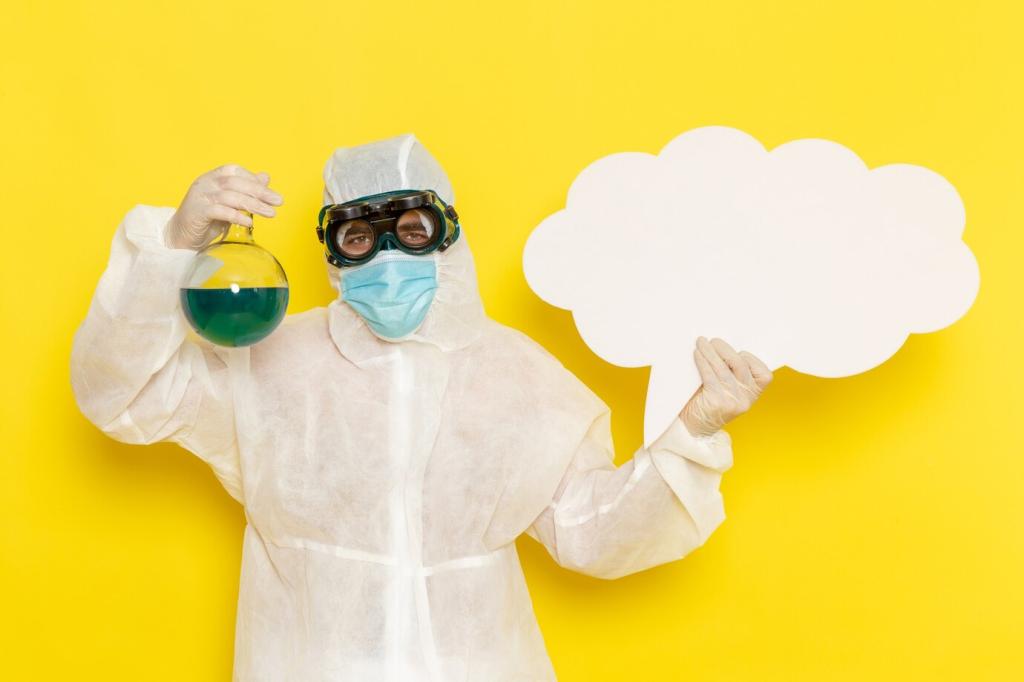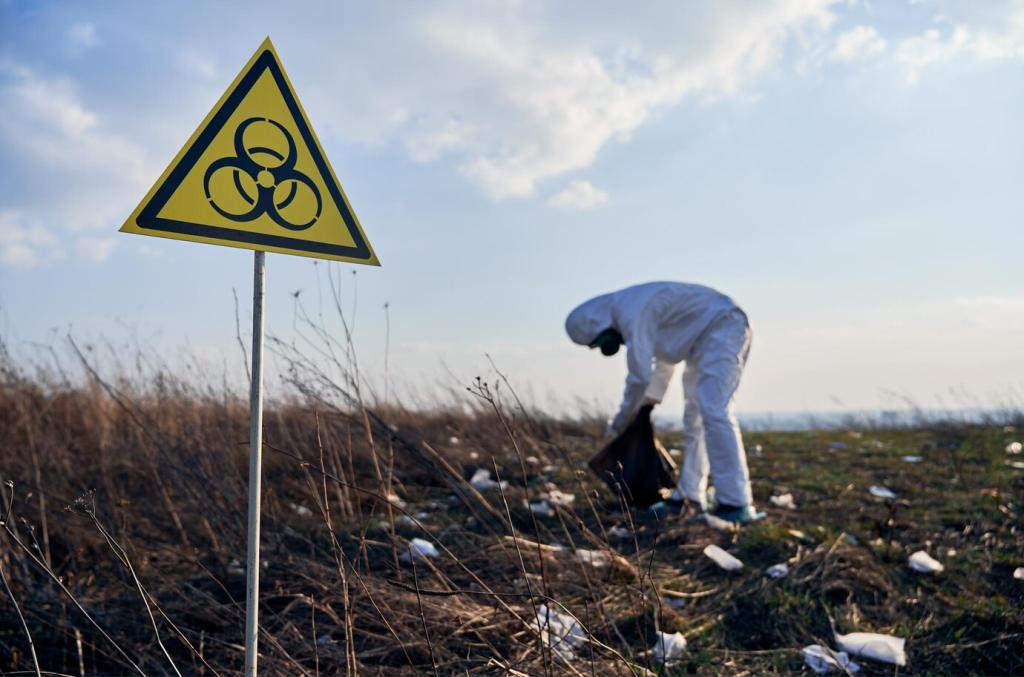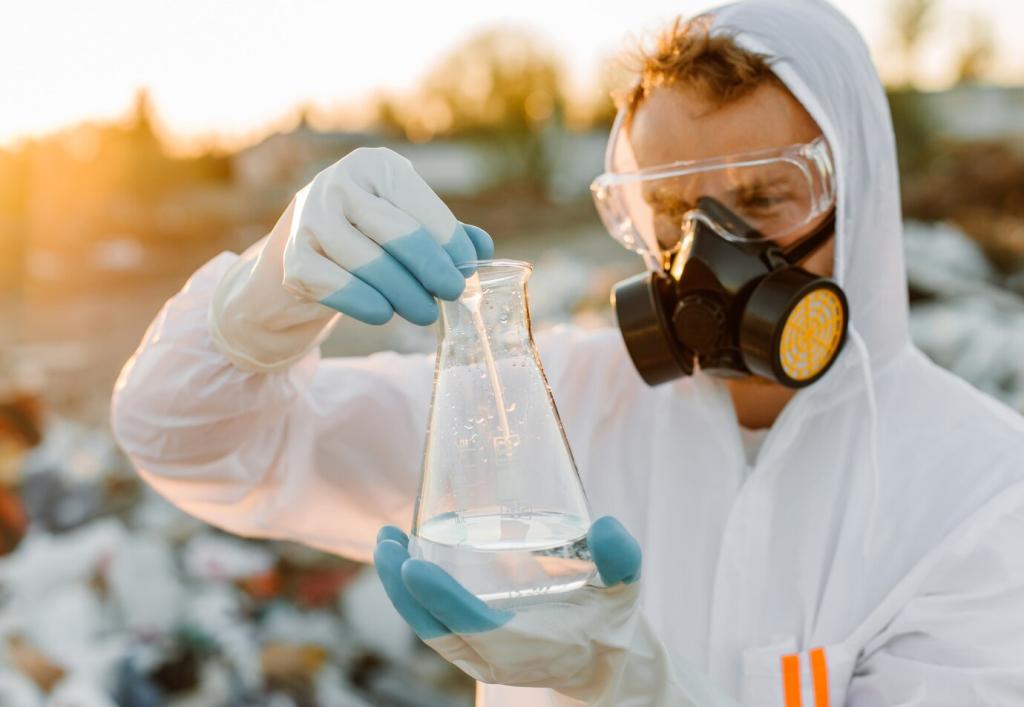Kitchen Cleaning Without the Toxic Trail
A blend of warm water, mild soap, and a splash of vinegar tackles most counters. Baking soda scrubs without scratching, and diluted alcohol cleans glass streak-free. Always label solutions and keep them away from pets and kids. Share your trusted ratios, and we’ll compile a community playbook with food-safe, marine-friendly formulas.
Kitchen Cleaning Without the Toxic Trail
Scrape plates, do not pre-rinse aggressively, and run full loads on eco cycles. Choose powders or tabs without phosphates or chlorine bleach. For handwashing, use concentrated, dye-free soaps and the softest effective sponge. Avoid antibacterial claims. Subscribe to our upcoming test comparing residue levels from popular brands and simple soaps after typical family dinners.




